Eco-Friendly Trolling Reels: Current Market Options and Tech Challenges
For decades, trolling has been a cornerstone of freshwater and saltwater fishing, offering anglers a strategic way to target species like walleye and catfish. However, as environmental consciousness grows, the fishing industry is evolving—eco-friendly trolling reels are now at the forefront of innovation, merging sustainability with performance. In this guide, we’ll explore the current market landscape, key tech challenges, and how these reels are reshaping the way we fish.
Why Eco-Friendly Trolling Reels Matter
Traditional reels often rely on non-biodegradable plastics, heavy metals, and synthetic lubricants that can harm ecosystems during production, use, or disposal. Eco-friendly alternatives prioritize recycled materials (e.g., ocean-bound plastics, bamboo), eco-conscious lubricants, and minimalistic designs to reduce carbon footprints. For anglers passionate about conservation, these reels aren’t just tools—they’re a statement of responsibility.
Current Market Options for Eco-Conscious Anglers
1. Trolling Line Counter Reels: Precision Meets Sustainability
A trolling line counter reel is essential for precise bait placement, but traditional models often use plastic casings and toxic coatings. Today’s eco-friendly versions, like the [goofish] EcoLine Counter Reel, feature 80% recycled ABS plastic casings and a corrosion-resistant titanium alloy core. These reels not only track line depth accurately but also withstand harsh saltwater conditions while reducing reliance on virgin materials. Anglers targeting walleye in cold lakes or catfish in murky rivers will appreciate their durability and low-maintenance design.
2. Best Lures for Trolling Walleye & Maximizing Eco Impact
When pairing eco reels with lures, best lure for trolling walleye choices matter. Opt for lures made from natural fibers (e.g., hemp, cork) or recycled polymers. The [goofish] BioBite Walleye Spoon is a top pick: its lead-free alloy core and biodegradable paint reduce toxicity, while its lifelike action mimics small fish to attract walleye effectively. For walleye trolling, slow-moving, weighted baits like the [goofish] GreenThumb LiveBait Rig—crafted from sustainably sourced rubber—offer natural movement without harming water quality.
3. Beyond Walleye: Best Trolling Baits for Catfish & Beyond
Catfish are bottom-dwellers, so catfish trolling requires lures that sink slowly and emit natural scents. Eco-friendly options include the [Lure goofish] EarthTide Catfish Rig, which uses compressed soy-based foam for buoyancy and organic shrimp oil for scent. These baits decompose naturally, avoiding the microplastic pollution caused by traditional plastic lures. When paired with a trolling line counter reel, they ensure precise placement near structures where catfish congregate—all while minimizing environmental harm.
Tech Challenges in Eco-Friendly Reel Design
While demand for sustainable reels rises, engineers face critical hurdles:
- Material Durability: Recycled plastics often lack the tensile strength of virgin counterparts. Innovations like cross-linked polymer blends (e.g., GreenPE®) are addressing this, but long-term performance in saltwater remains a focus.
- Lubrication Alternatives: Traditional petroleum-based greases degrade seals and harm wildlife. Bio-based lubricants (e.g., grapeseed oil derivatives) show promise but require cold-weather stability improvements.
- Cost vs. Accessibility: Eco-friendly materials and manufacturing processes can increase costs. Brands are exploring modular designs (e.g., replaceable spools, corrosion-resistant coatings) to lower prices without sacrificing quality.
The Future of Eco-Friendly Trolling Gear
As consumer demand grows, we can expect:
- Closed-Loop Production: Reels made entirely from recycled ocean plastics, with end-of-life recycling programs.
- Smart Tech Integration: Solar-powered line counters or sensors that monitor bait performance, reducing waste from ineffective lures.
- Regulatory Support: Governments incentivizing eco-friendly manufacturing through tax breaks or certifications (e.g., “100% Recycled Content” labels).
Conclusion: Choose Gear That Supports the Catch—and the Planet
Whether you’re chasing walleye on a clear lake or catfish in a winding river, eco-friendly trolling reels and lures offer a win-win: superior performance without compromising your values. As the market evolves, staying informed about best trolling baits and tech innovations ensures you’re part of the solution, not the problem. Remember: every reel you choose sends a message—one that ripples far beyond the water’s edge.



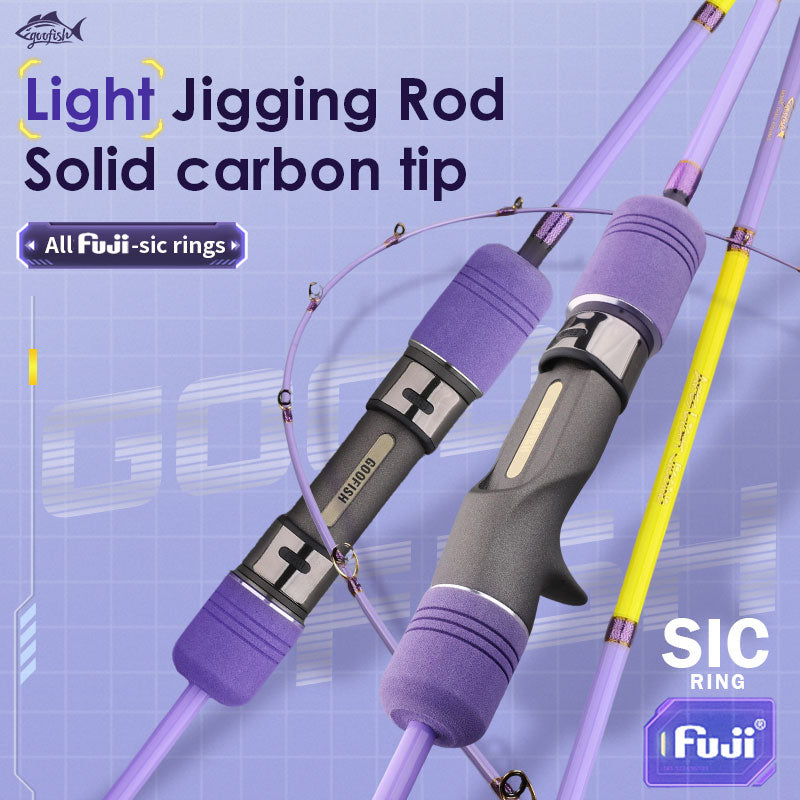
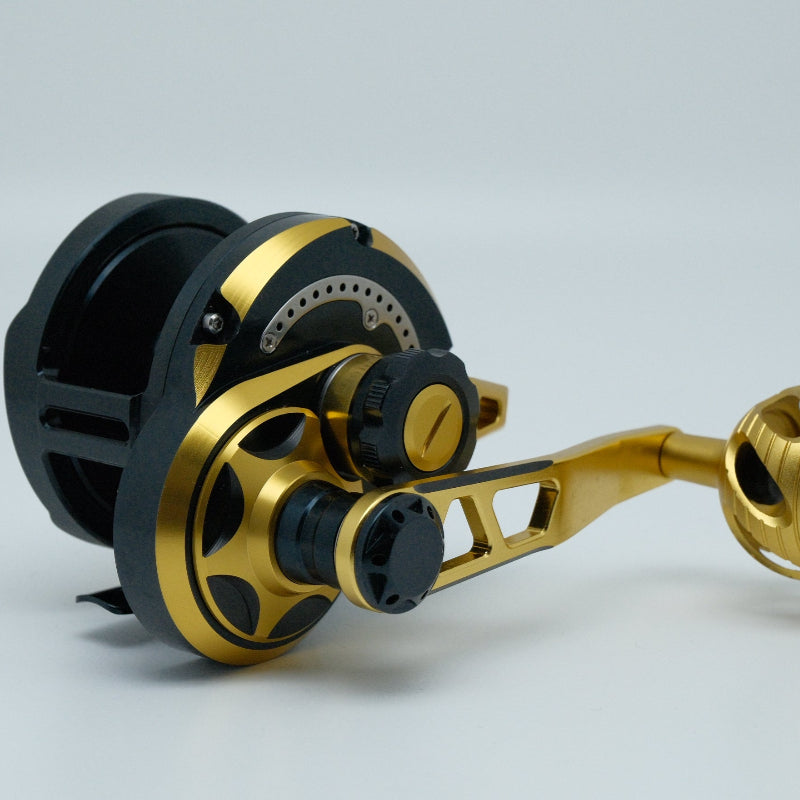
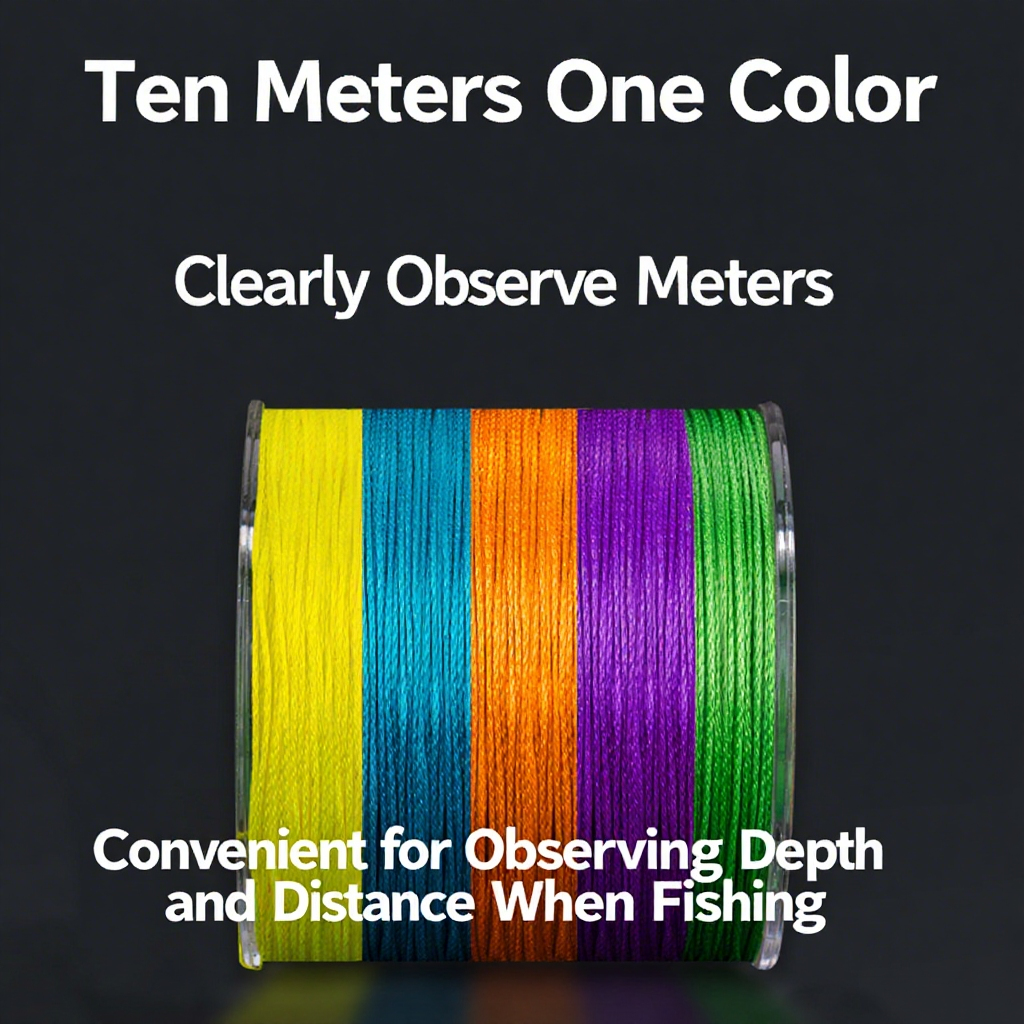
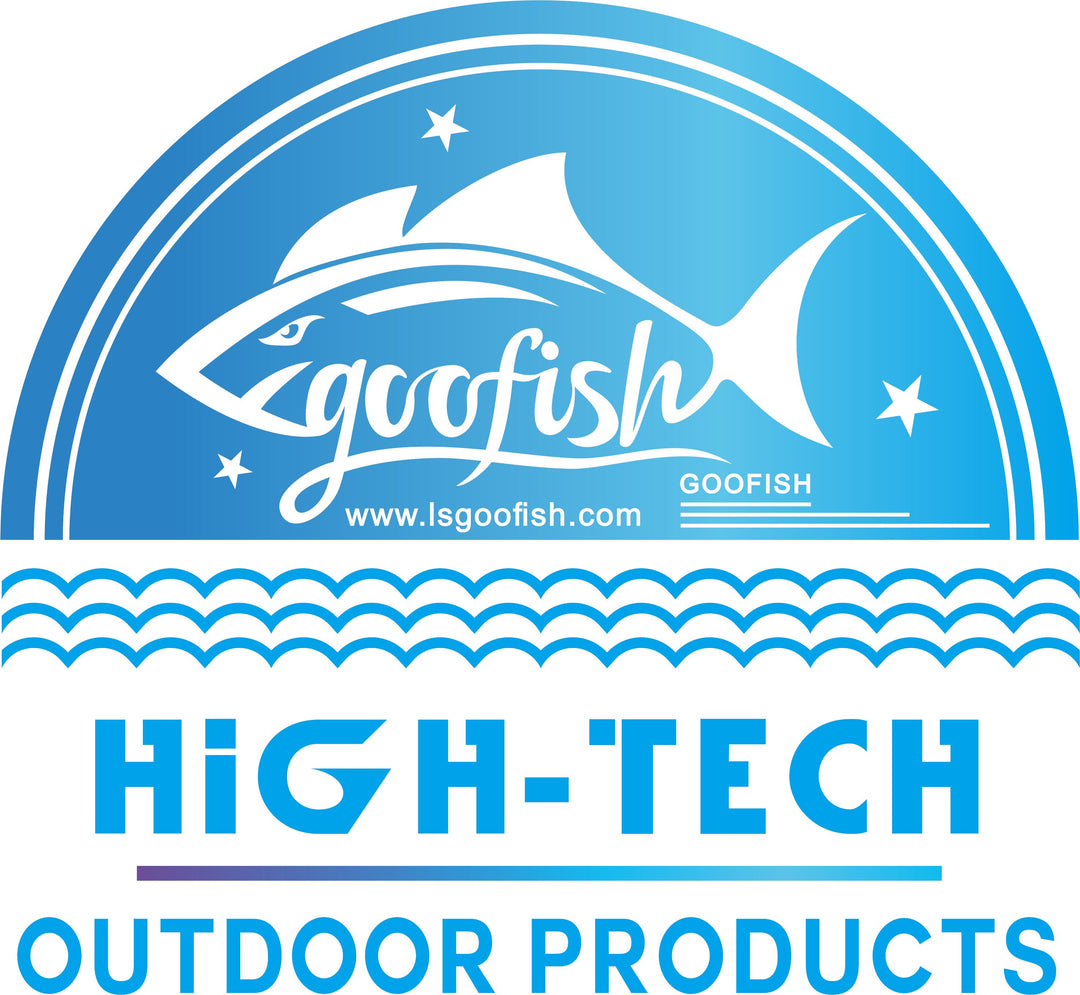



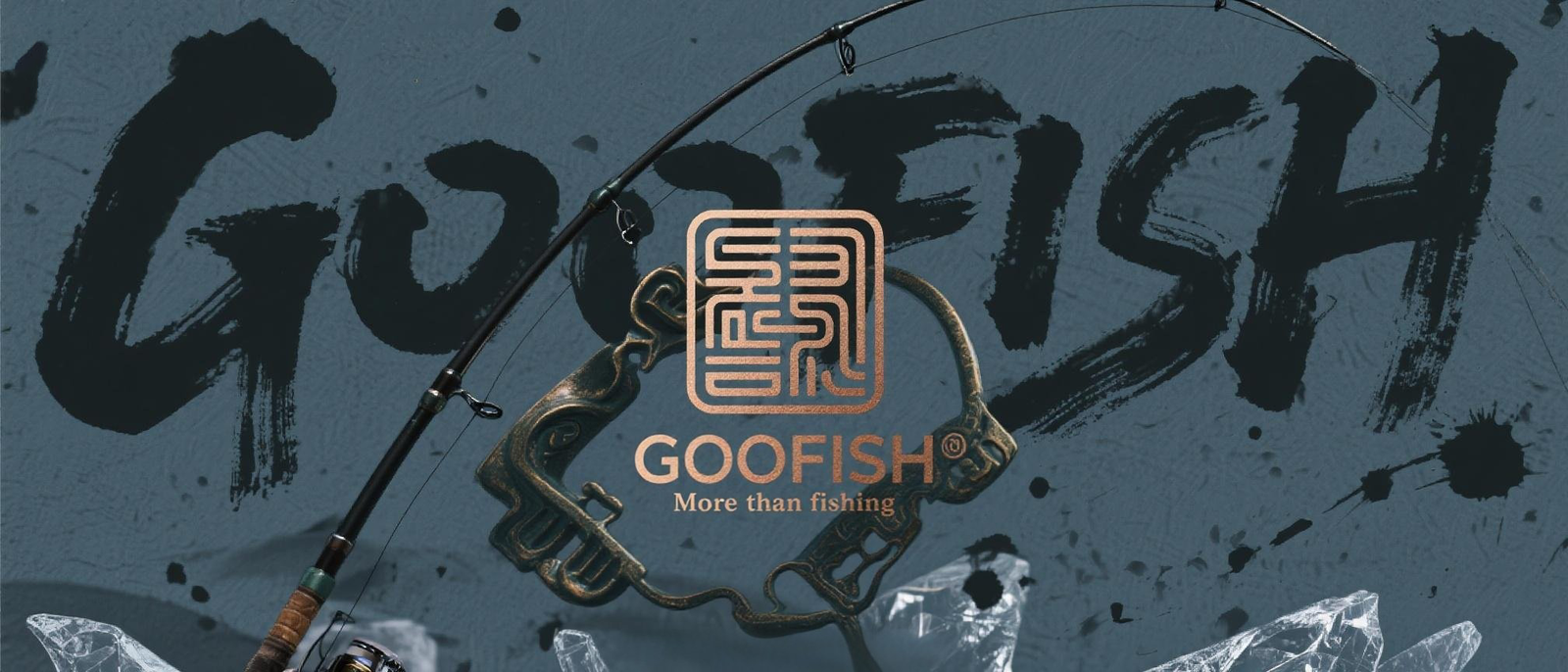
Leave a comment